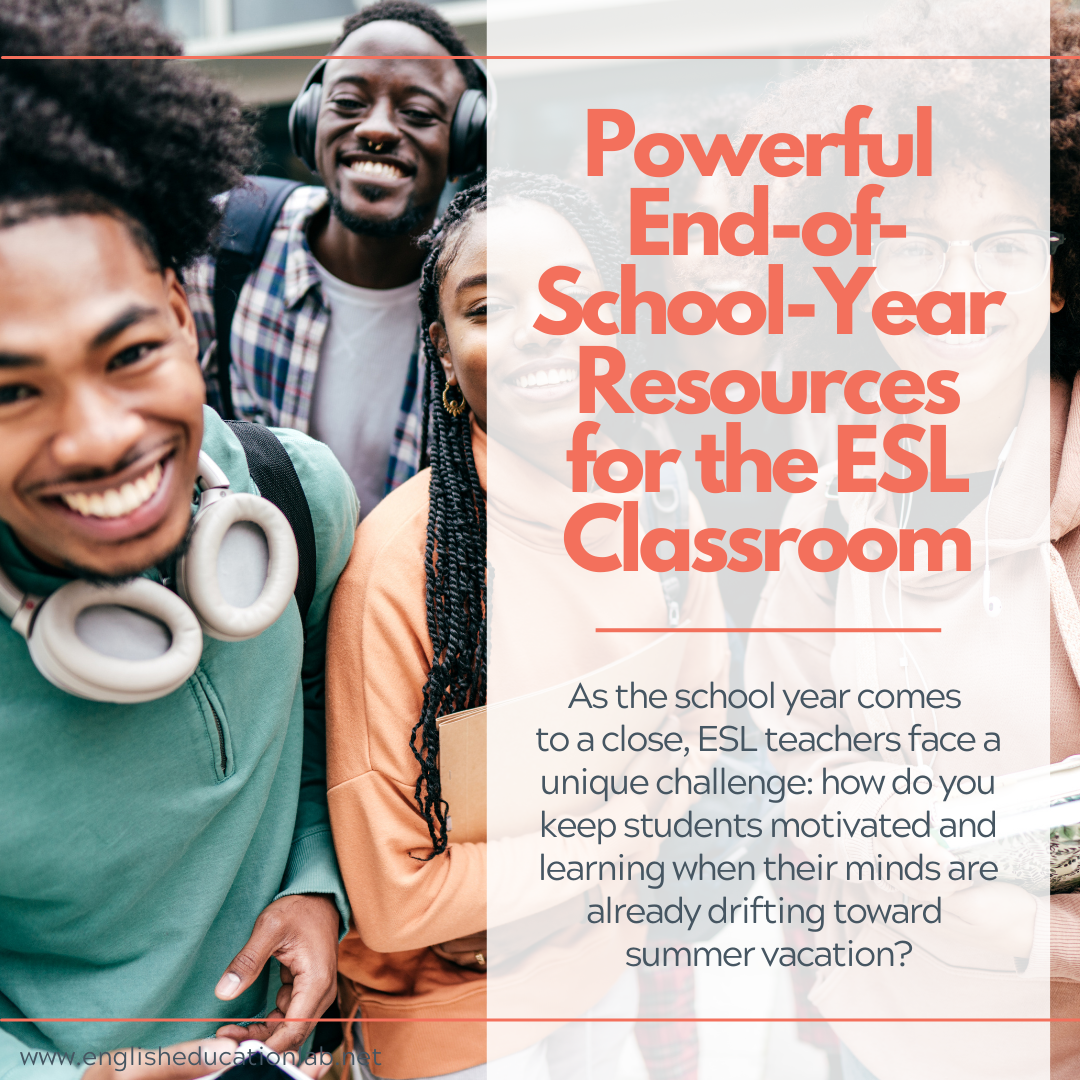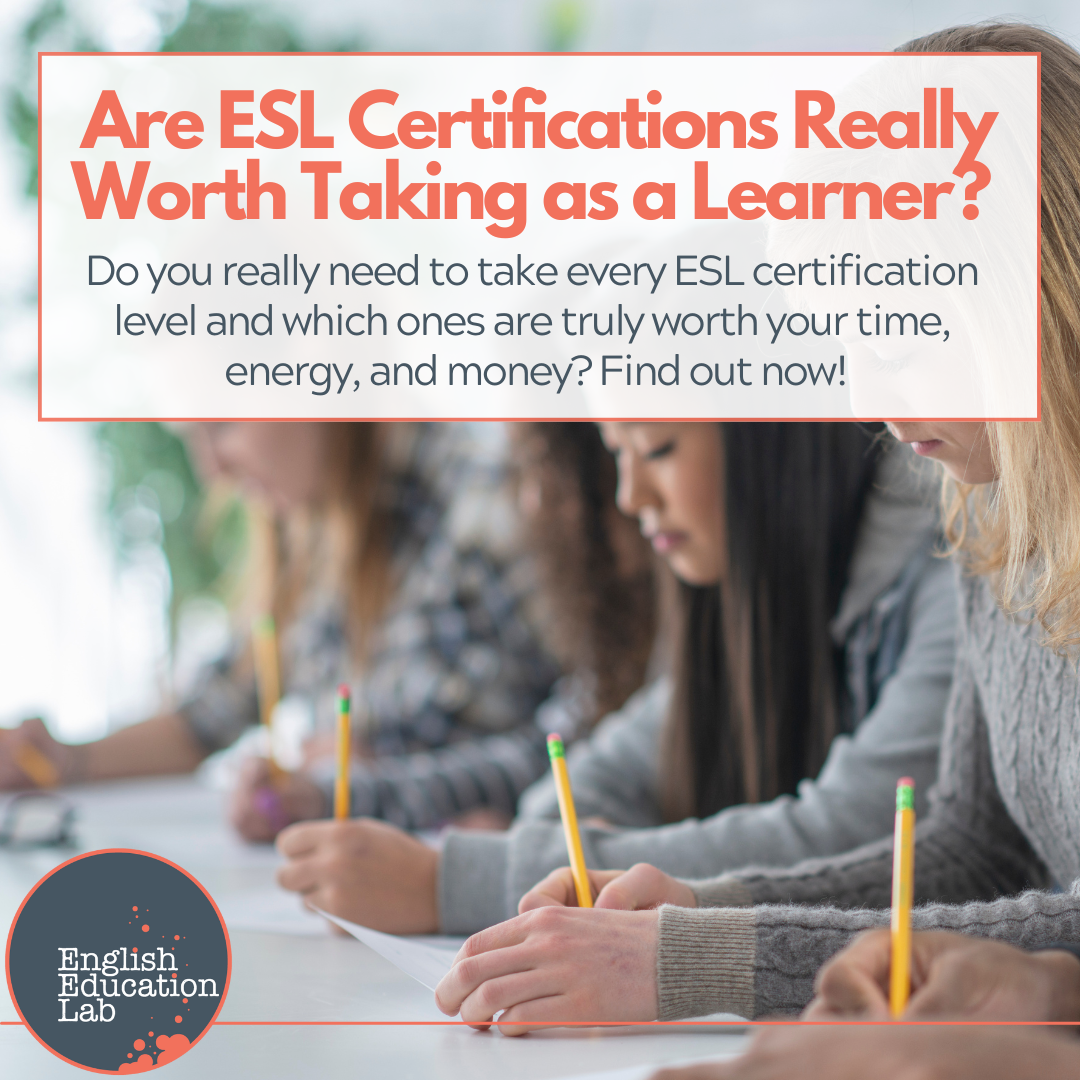
Six simple formats for powerful class discussions
Structuring class discussions that are academic, equitable and engaging can be challenging. No-prep lesson formats can achieve these goals. Make your lives easier with six tried and true, low-prep formats for successful class discussions. Use them on the fly (think bell ringers) as supplementary activities or springboards for initiating conversations, adding more meat to the bone as things progress.
Affinity Mapping
As simple as it gets. Ask a broad question on an issue/problem likely to result in many varied opinions and ideas: “Is social media purely a waste of time?” or, “How does the environment affect your quality of life?” Generate ideas/responses anonymously by writing them on post-it notes, then randomly arrange them on a wall or whiteboard. Group ideas by commonality together. Categorize each group according to semantics. Students align themselves to the categories they identify with or are assigned to represent one.
Go further by dividing the ideas in each category into subgroups (like an outline). Activities like this are perfect for brainstorming, after which students can write an analysis or position paper. It might not necessarily offer the class the incentive or opportunity to delve deeper into a subject; it is a simple way to begin orienting students toward more focused critical thinking exercises.
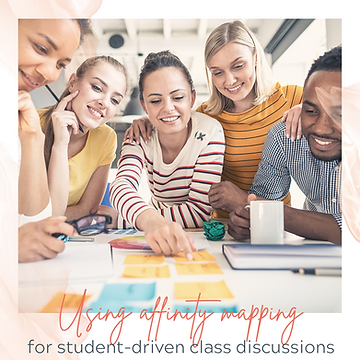
Speed Dating
This format mirrors the concept of speed dating. Form the class into two circles, one inside the other. Those on the inside are paired with those on the outside, facing one another. Pose a question to the whole group. Pairs of students discuss the subject amongst themselves. Then signal students to rotate, whereby those on the outside move one space over to sit in front of a new partner. Pose another question to reboot the process. If space doesn’t allow for circles, students can form two straight lines facing one another. The lines shift, and students at the end rotate back to the beginning. Speed Dating is highly versatile and flexible. Variations include speed debates, character speed dating, and speed presentations.
Speed Debates involve quick rounds of impromptu debates to practice persuasion and rhetorical appeals and devices. Depending on the task, you can use a variety of serious or silly topics which helps students familiarize themselves with strategies and structures for delivering strong arguments.
Character Speed Dating pairs wonderfully with any work of literature. Students engage in a discussion while assuming the roles of different characters from the source material they are reading without revealing their assigned identities: effective for understanding character interactions and developments.
Speed Presentations are one-on-one alternatives to class presentations. Typically, these are much more engaging and efficient than the latter! Students can connect, discuss, and learn from one another in a low-risk, low-stress format for research, reading and writing assignments.

Conver-stations
Sara Brown Wessling, National Teacher of the Year (2010), created this format, and we love it! The small-group dynamic gives students exposure to the ideas of their peers but prevents the stagnation and discomfort that often occurs when group chemistry is lacking. Students are placed into groups of 4-6 and given a subject/question to discuss. Allowing sufficient time for the conversation to develop, one or two students from each group rotate to a different one while the others remain. A question is posed relating to the previous one. Students incorporate their ideas into the next group. For the next round, students who have not rotated do so, resulting in group discussions that continuously evolve with new ideas. This format ensures consistent movement of bodies and ideas, a novel approach to class discussions.
Fishbowl
Two students sit facing one another in the middle of the classroom while the remaining students sit in a circle around them. The pair in the centre begin a conversation on a predetermined topic utilizing skills the class is developing (expressions and transitional phrases, paraphrasing, follow-up questions). Those on the outside observe while taking notes, peer-evaluating, or performing another discussion-related assignment. At the end of the allotted time, a new pair of students rotate in. The process repeats until everyone appears in the fishbowl, ensuring equal participation. This format assists students in developing effective listening, critical thinking and communication skills to evaluate peer performances.
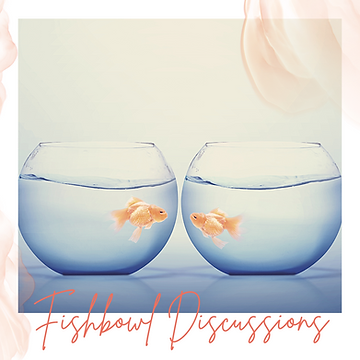
Hot Seat
This strategy works wonderfully with reading assignments. Depending on the numbers, it can be done as a class or in groups: a round-table format with one student assuming the role of a character or concept fielding questions about their identity. Verbal communication from the hot seat is unnecessary; the more creative they can be in conveying information, the better: mime, move, act, dance, sing, draw – anything that springs to mind. Cover blown, they rotate out of the hot seat, replaced by a fresh face. Alternatively, several students can form a panel of characters and themes, taking questions from the class and interacting with one another like guests on a talk show. Hot Seat is an effective exercise holding students accountable for the material, participating actively and communicating creatively.
Pyramid Discussions
Pyramid discussions are excellent for analyzing complex themes and challenging each other over ideas and opinions. Students gain confidence in formulating their thoughts and communicating ideas with their peers. Begin with pairs conversing over an open-ended question. After sharing ideas, they join another group and refine their positions. This process repeats until the entire class is reunited.
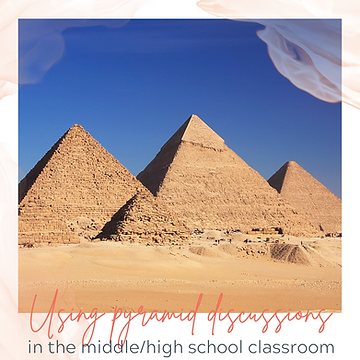
Have groups unite on a consensus before moving forward. When their numbers increase, shift to facilitating ongoing discussions, interjecting with new ideas or redirecting when they veer off topic, moderating and reinforcing expectations at each stage.
Finally, before attempting any of the above, come to a consensus with your class on the rules of conduct: professionalism, kindness, empathy, respect, and non-judgment – setting the foundation and tone for subsequent class discussions and ensuring everyone is on the same page. We sincerely hope one or more of these discussion formats will speak to you and your students and would love to get your feedback.
Further Reading
Creating an Emotionally Safe Classroom for Successful Class Discussions
Engage your Students with Fishbowl Discussions
Six Simple Formats for Powerful Class Discussions
Pyramid Discussions Gaining Ground
5 Ways to Make Class Discussions More Exciting
24 Ideas for Creating a Discussion-Rich Classroom

